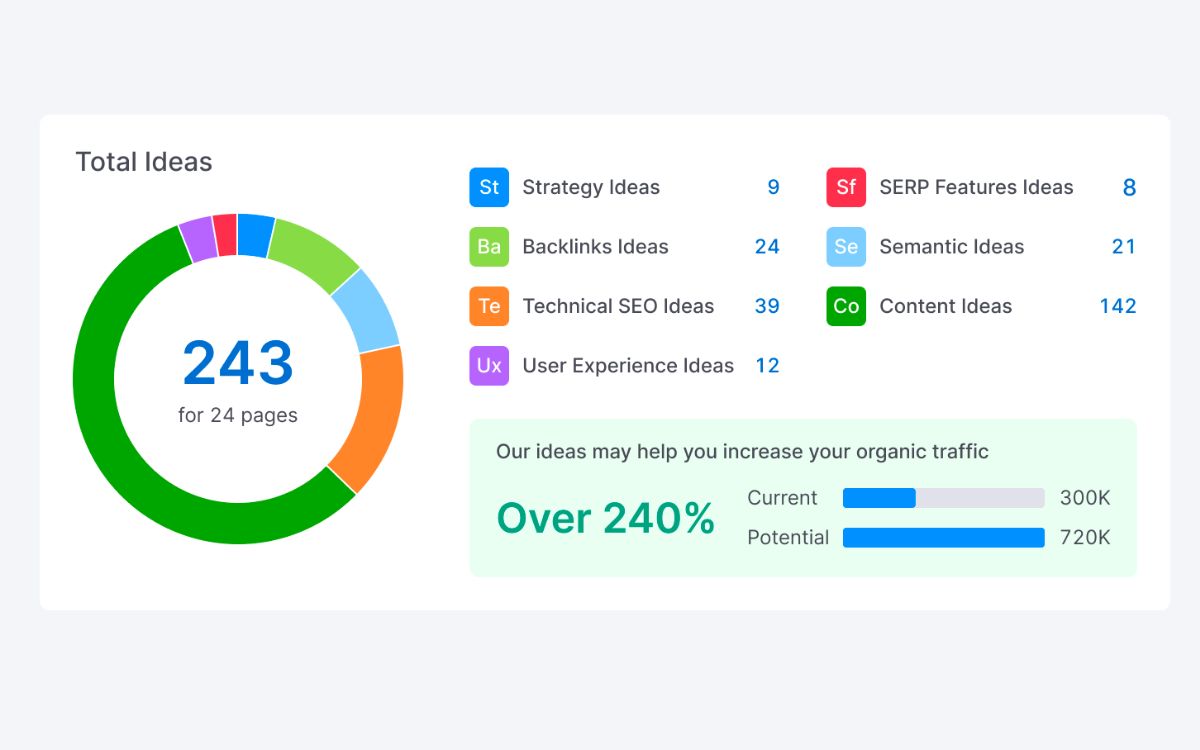On-page SEO refers to the optimization strategies and techniques applied directly within a website to improve its search engine rankings and attract more organic traffic. Unlike off-page SEO, which focuses on external factors like backlinks and social signals, on-page SEO revolves around optimizing elements within the website itself to make it more accessible, relevant, and user-friendly for search engines and users. Here are some key components of on-page SEO:
- Keyword Research: Identifying relevant keywords and phrases that your target audience is likely to search for is the foundation of on-page SEO. Keyword research helps you understand the terms to target and integrate them strategically into your content.
- Content Optimization: Creating high-quality, informative, and engaging content is essential for on-page SEO. Optimizing content involves incorporating target keywords naturally into titles, headings, meta tags, and body text while maintaining readability and relevance.
- Title Tags: Crafting compelling and keyword-rich title tags (HTML elements that specify the title of a webpage) is crucial for on-page SEO. Title tags appear prominently in search engine results pages (SERPs) and influence click-through rates.
- Meta Descriptions: Writing descriptive and persuasive meta descriptions (HTML attributes that provide summaries of webpage content) can improve click-through rates from search results. While meta descriptions don’t directly impact rankings, they can influence user engagement.
- URL Structure: Creating clean, concise, and keyword-rich URLs helps search engines understand the relevance of your web pages. Optimized URLs are more user-friendly and easier to crawl.
- Header Tags: Using header tags (H1, H2, H3, etc.) to structure your content helps search engines understand the hierarchy and relevance of different sections. Include target keywords in relevant header tags to improve SEO.
- Image Optimization: Optimizing images by using descriptive filenames, alt tags, and captions helps improve accessibility and can also contribute to keyword relevance and rankings.
- Internal Linking: Linking to other pages within your website using descriptive anchor text helps search engines crawl and index your site more effectively. Internal links also distribute link equity and improve user navigation.
- Mobile-Friendliness: Ensuring that your website is responsive and optimized for mobile devices is essential for on-page SEO. Mobile-friendly sites are favored by search engines and provide better user experiences.
- Page Speed: Optimizing page speed by minimizing server response time, optimizing images, leveraging browser caching, and reducing unnecessary code improves user experience and can positively impact rankings.
- Schema Markup: Implementing schema markup (structured data) helps search engines understand the context and content of your pages, which can lead to rich snippets and enhanced SERP visibility.
